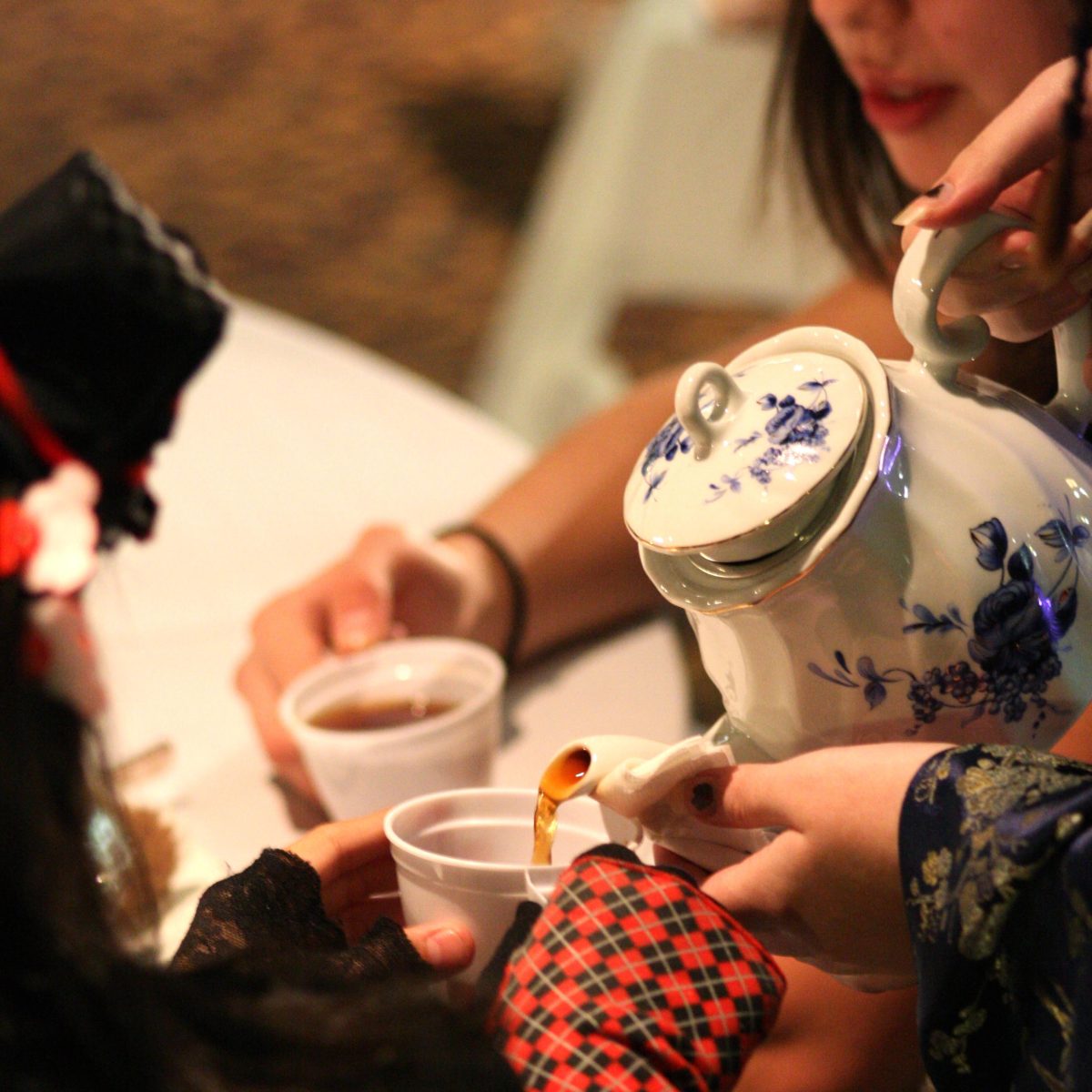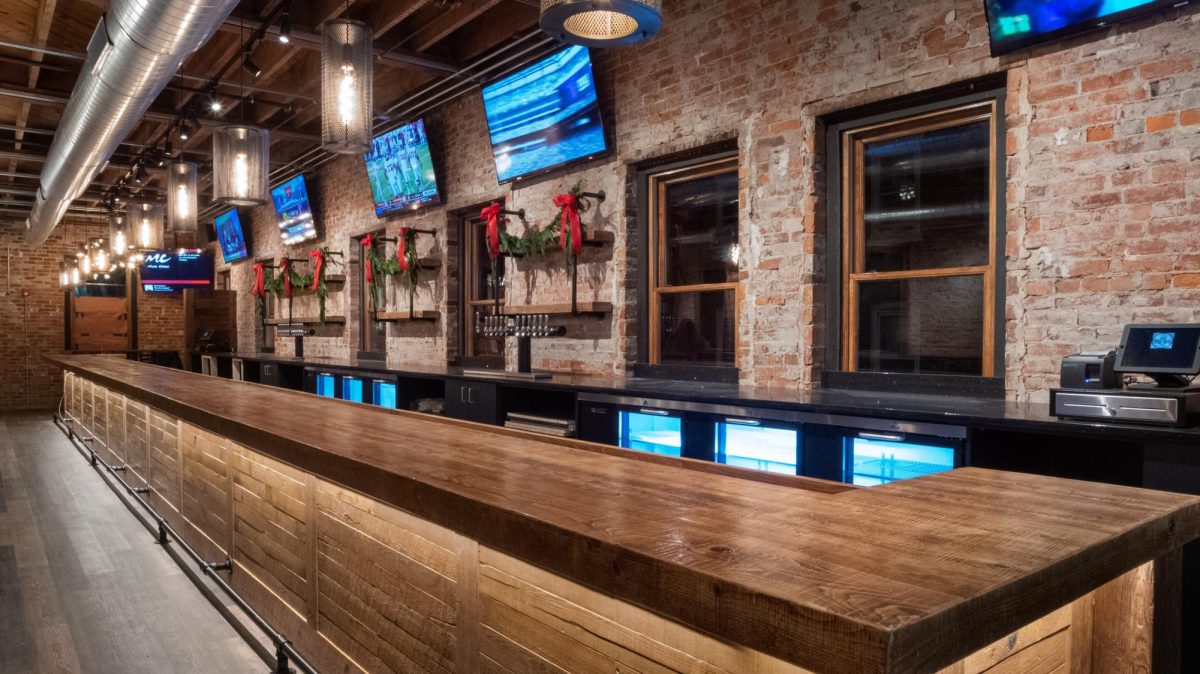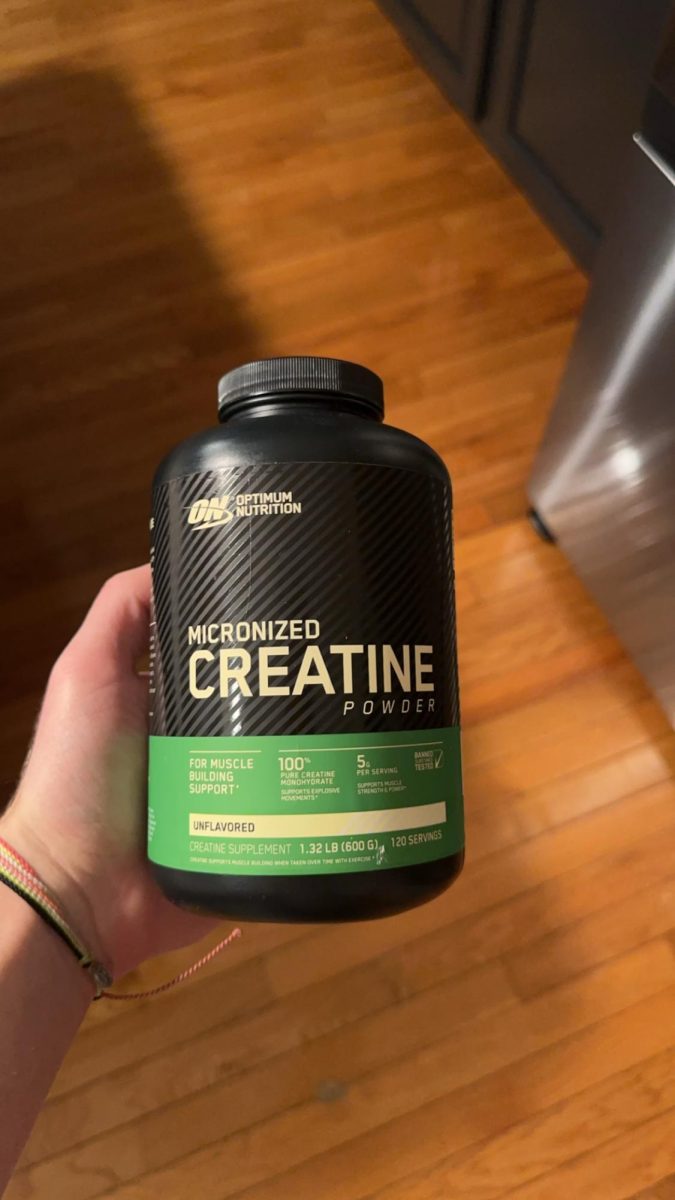Drinking tea is something that’s very popular among many different types of people. There’s a wide variety of tea ranging from Earl Gray and chamomile to bubble tea and milk tea. Originally tea drinking came from China, supposedly brought around in 2737 BC. Emperor Shen Nung had a servant boil water under a tree when leaves fell in and created the infused beverage we call tea. This story is mainly legend, but drinking tea definitely takes root in Ancient China. It is unclear what year it actually came to be as there has been evidence of it in tombs from 206 BC; however, it became the national drink of China during the Tang dynasty. After its establishment in China, it spread all over the world to Japan and other nearby countries before making its way to Europe. Before it was popularized, the main consumers in Europe were Portuguese traders and missionaries, and eventually, the Dutch began using trading routes to get tea to Holland. Once there, the Dutch spread the drink over Western Europe. When it comes to Britain, the country known for its afternoon tea, the drink was popularized by King Charles II’s wife, Catherine of Braganza. She was Portuguese and loved tea, which caused the East India Company to begin importing it right to Britain. It was around 1840 that tea parties were introduced by the seventh Duchess of Bedford, Anna Russell. Since dinner was served very late, the Duchess would get hungry around mid-afternoon and request tea, bread, butter, and cakes. She began bringing friends to have this snack, and it turned into a social event where high-class women would get dressed up. Thus formed the idea of etiquette, which includes strict rules on how to sit, how to hold your teacup, what foods to eat and in what order, etc.
The menu for these tea parties begins with dainty sandwiches made of cucumber, egg and cress, smoked meats, and cheeses. Baked goods were also very common to see, some examples being scones, cakes like Battenburg or Victoria Sponge, cookies, tuiles, and other bite-sized desserts. These were accompanied by butter, jam, clotted cream, and marmalades. All of these snacks would be served on tiered stands, with scones on top, sandwiches in the middle, and any other baked goods or sweets at the bottom. Scones are placed on top because, in that time period, they didn’t have the utilities we did, so they would place a warming dome on top of the scones.
Another common part of tea parties is the classical music that goes along with it. Tea parties started to become popular around the Baroque era of classical music. During this time period, music was not played at big concerts that much and was mostly played at religious services, but it was also common for music to be played at private social gatherings like tea parties. According to Jennifer Divasto, the orchestra teacher at Pennridge High School, “They do a lot of quartet music or small ensembles.” These types of small groups would be perfect for tea parties as they would be fairly easy to set up and would allow the people to hear each other over the relaxing music. Divasto also feels that playing classical music during tea parties is “…a tradition they continue to use.” In movies or television shows, whenever there is a tea party scene, classical music often accompanies it. It is an old tradition, but it is one that still draws people in.
As we know these extravagant tea parties eventually died out, with modern ones typically being at hotels. World History and Cultures teacher Kristyn Marinelli explained that as society progressed, people had different things to worry about. Marinelli said, “Where do people’s priorities lie?” Instead of worrying about being a royal and making connections, people now have to worry about groceries, taxes, and other necessities. While the tea parties we fantasize about as children are no longer common, you can always make your own version with your favorite foods, teas, and, most importantly, friends.
Sources:
https://www.historic-uk.com/CultureUK/Afternoon-Tea/
https://www.mathishouse600main.com/tea-history-and-etiquette-of-afternoon-tea.htm
https://go.gale.com/ps/i.do?p=ITOF&u=usyd&id=GALE|A169924714&v=2.1&it=r&sid=bookmark-ITOF&asid=352d897e
https://www.foodandwine.com/tea/tea-party-food
https://britishfoodhistory.com/2019/10/11/clotted-cream/
https://www.seriouseats.com/know-your-sweets-battenberg-cake
https://www.thedailymeal.com/1374318/victoria-sponge-differ-standard-ingredients/#:~:text=Victoria%20sponge%20cakes%20are%20two,cake%20is%20much%20more%20versatile.
https://www.thebash.com/articles/tea-time-playlist
https://www.baroque.org/baroque/whatis#:~:text=In%20the%20baroque%20era%2C%20this,home%20of%20a%20wealthy%20patron.
https://www.tea.co.uk/history-of-tea#:~:text=The%20story%20of%20tea%20begins,his%20servant%20had%20accidentally%20created.






